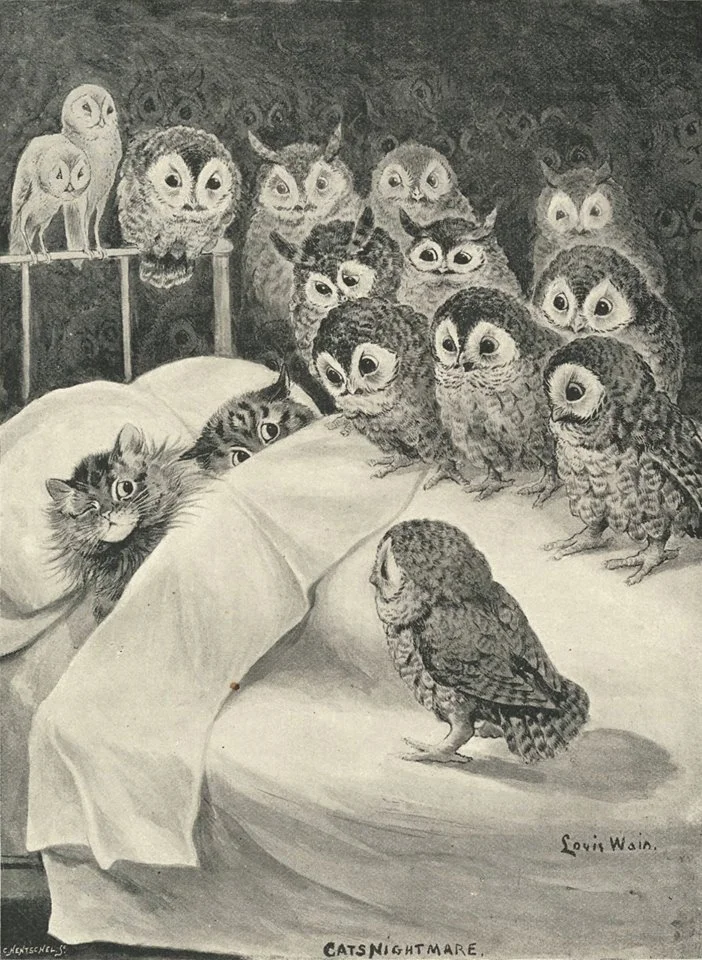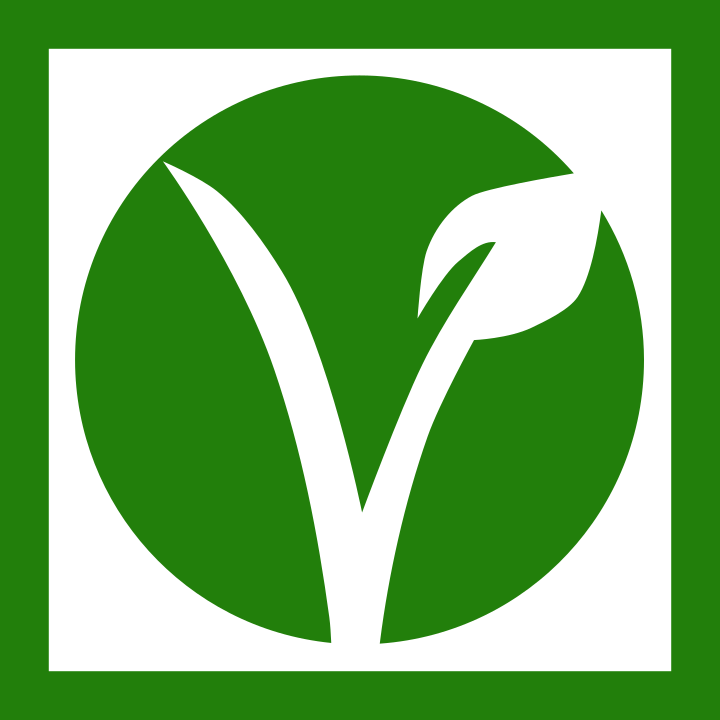In this episode we film more habitat destruction in South Texas, this time for the purposes of grazing cattle in a desert.
Echinocereus enneacanthus, Coryphantha macromeris runyonii, Ancistrocactus scheeri and others are prevented from being destroyed in this act of senseless bulldozing. Ecotourism possibilities abound here due to the presence of numerous rare birds and cactus species and an abundance of winter texans that would happily pay to see and protect this land, but ranching and cattle are the convention here, and human beings rarely break with convention unless forced to by unforeseen circumstances which are sure to arrrive to the region, eventually.
Such a cool channel.
I wish he was more bold in saying that this is bad and shouldn’t happen, and we shouldn’t support the people doing it. He talks a lot about it’s not bad people just uninformed people living in a bad incentive structure, but those incentives are propped up by people buying animal products. They’re propped up by people voting for politicians who subsidize this stuff. And even when people cause harm out of ignorance we can still correctly point out that it’s wrong and bad.
He probably self censors at least a little bit so the landowners will let him go on their land, but it’s still such a shame they’re causing so much damage and harm to the ecosystem and more importantly, the animals they’re bringing in, it’s a shame people don’t feel empowered to be furious and act accordingly (strategically work to end it asap, and call it out for what it is)
It is true though that individuals often just can only do with what their system incentivizes. In Texas, we have open land valuation, and you can do that for wildlife, but strangely, for many counties, you have to do ag valuation first. So you fuck up your land for 5 years overstocking it to get the headcount they require, then you can start doing bat shelters, monarch & other migratory animal plants, brush management to create more “edge”, etc.
Luckily, for under 20 acres, my county allows bees, and they count native boxes as a “hive”. The 8 boxes count for 7 acres the way 25 goats or 5 cow/calf pairs would, somehow. I am almost done with my valuation using only those, and the rest we just let do whatever since we work so much. And the best part is there are several species using them at least, which I wasn’t sure of. I just used logs from a downed cedar hung from trees.
Some of that you can do in conjunction, and this landowner could have been better served talking to the USDA NRCS first to balance his goals with conservation. They can help pay, but they also make you do it super right, so you won’t necessarily save money.
I don’t think this is good cattle land anyways, that part blew my mind. I associate that kind of land with hunting, just a few senderos cut from your stand and maybe thin cedar for water usage, leave the rest. I didn’t realize people were doing this.



